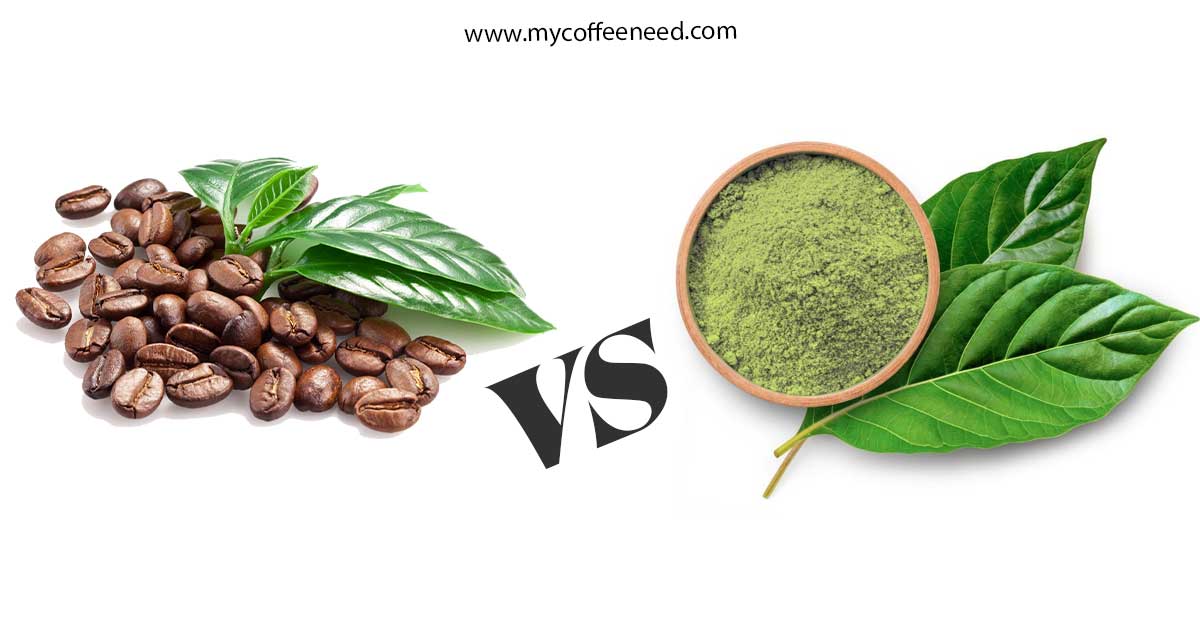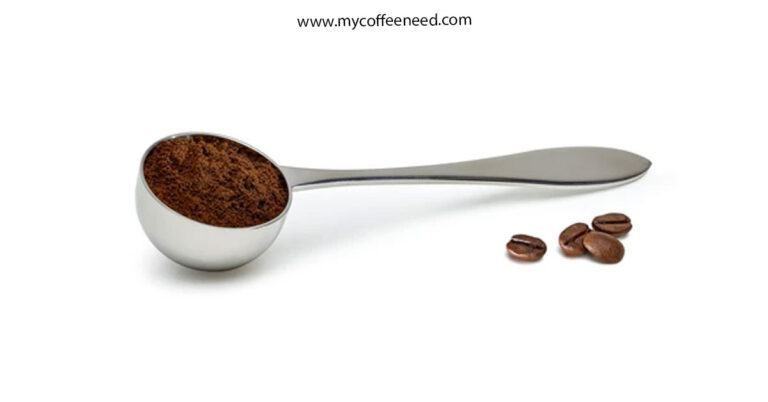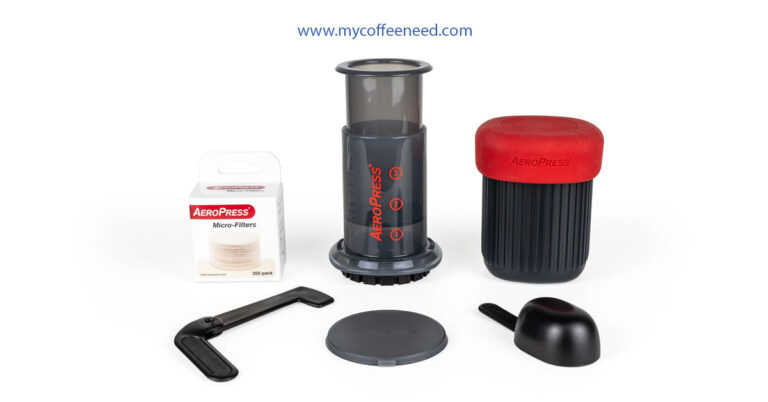Kratom vs Coffee
In the world of natural stimulants, two contenders stand out: kratom and coffee. The debate of “kratom vs coffee” has grown in popularity as more people explore natural alternatives for energy and focus.
Both substances have unique properties and effects, making them go-to choices for individuals seeking a natural pick-me-up.
This document carefully examines the comparison, “kratom vs coffee,” to help readers understand their differences, similarities, and potential effects on the human body.
Exploring the Science Behind Kratom and Coffee
Kratom, scientifically known as Mitragyna speciosa, is a tropical evergreen tree native to Southeast Asia.
It’s been used traditionally as a medicinal plant due to its psychoactive properties. The active compounds in kratom are alkaloids, particularly mitragynine and 7-hydroxy mitragynine, which interact with opioid receptors in the brain, resulting in pain relief, euphoria, and increased energy.
On the other hand, coffee is derived from the Coffea plant and is one of the world’s most widely consumed beverages.
The primary active component in coffee is caffeine, a central nervous system stimulant. Caffeine works by blocking the action of adenosine, a neurotransmitter that promotes sleep and relaxation, resulting in increased alertness and energy.
While both kratom and coffee can enhance energy and focus, they do so through different mechanisms of action in the brain.
Despite these differences, both are natural substances that have been utilized by humans for centuries for their stimulating properties.
What is Kratom and How Does it Work in the Body
Kratom is a tropical plant native to Southeast Asia, particularly in countries like Thailand, Malaysia, and Indonesia.
It belongs to the Rubiaceae family, which also includes coffee and gardenia. The leaves of the kratom tree contain compounds called alkaloids, which are believed to be responsible for its effects.
When ingested, the alkaloids in kratom interact with opioid receptors in the brain. These receptors are responsible for regulating pain and euphoria.
Unlike traditional opioids, however, kratom does not cause respiratory depression, which is often the cause of fatal overdoses in opioid users.
Instead, it stimulates the release of endorphins and enkephalins, natural painkillers in the body, leading to pain relief.
In addition, some alkaloids in kratom also interact with other receptors in the brain to promote the release of dopamine, a neurotransmitter associated with pleasure and reward.
This is believed to contribute to the feelings of euphoria and well-being that some users experience.
It’s important to note that the effects of kratom can vary depending on the dose. Lower doses tend to produce stimulating effects, including increased energy and alertness, similar to the effects of caffeine.
Higher doses, on the other hand, can have a sedative effect, providing relief from chronic pain and helping with sleep disorders.
However, much is still unknown about the long-term effects of kratom use, and research is ongoing to better understand its safety and efficacy as a therapeutic agent.
Comparing the Benefits of Kratom vs Coffee
When comparing the benefits of kratom and coffee, it’s apparent that there’s a considerable overlap, mainly around the enhancement of energy and focus.
Coffee, a globally recognized beverage, is renowned for its ability to boost energy levels and enhance concentration.
It also has antioxidant properties, which can help combat inflammation and boost heart health.
It’s also been linked to a lower risk of several diseases, including Alzheimer’s, Parkinson’s, and type 2 diabetes.
On the other hand, kratom, while less known, provides a range of benefits beyond stimulation.
At lower doses, kratom can offer a similar energy boost to coffee, but it also has pain-relieving properties, which can be helpful for those dealing with chronic pain conditions.
Additionally, at higher doses, it can offer sedative effects, aiding those with sleep disorders.
However, it’s crucial to note that while coffee’s benefits and side effects are well-studied, research into kratom’s long-term effects is still ongoing.
Therefore, any potential use of kratom should be discussed with a healthcare practitioner.
In the end, choosing between kratom and coffee comes down to individual preferences and needs, taking into account the different benefits and potential risks associated with each.
Different Methods of Consumption for Kratom and Coffee
Kratom and coffee can both be consumed in a variety of ways, catering to individual preferences.
Coffee is often brewed and drunk as a hot beverage, either black or with additions like milk and sugar.
It can also be served cold as iced coffee or blended into a frappuccino. In some parts of the world, coffee beans are even ground and used in cooking and baking.
Kratom, on the other hand, is typically consumed in the form of powdered leaves. This powder can be ingested directly or mixed into food and drink.
For instance, it’s common to stir kratom powder into water, fruit juice, or smoothies. Some people also encapsulate the powder for easy ingestion.
Additionally, kratom leaves are sometimes brewed into tea or chewed raw, particularly in its native regions in Southeast Asia.
It’s important to remember that the method of consumption can impact the speed and intensity of the effects.
As with any substance, moderation and safety should be prioritized in consumption.
Managing Caffeine and Mitragynine Levels with Careful Dosage
Both caffeine, the active ingredient in coffee, and mitragynine, the dominant alkaloid in kratom, can provide stimulating effects.
However, proper dosage is crucial for harnessing their benefits without experiencing undesirable side effects.
When it comes to coffee, the suggested daily limit is typically around 400 milligrams of caffeine, equivalent to about four 8-ounce cups.
Exceeding this amount can lead to jitters, insomnia, and rapid heartbeat.
Kratom dosage, on the other hand, requires a more personalized approach due to its varying effects at different doses.
A general guideline is to start with a small dose (1-2 grams), then gradually increase until desired effects are achieved.
High doses (over 10 grams) can lead to sedation and are not recommended without medical supervision.
Cautionary Notes on Mixing Kratom and Coffee Together
While both Kratom and Coffee provide stimulation and enhanced focus, their combined usage should be approached with caution.
Individually, these substances can increase heart rate and blood pressure; thus, their concurrent consumption might lead to an excessive strain on the cardiovascular system. Moreover, they both act as diuretics, which can result in dehydration if not adequately managed.
Furthermore, the balance of their stimulating effects can be challenging to navigate. While coffee’s effects are generally well understood, kratom’s effects can vary significantly based on dosage and individual response.
One might find themself overly stimulated or sedated, depending on the ratio of coffee to kratom.
Lastly, both substances can lead to tolerance and dependence with chronic usage. Therefore, mixing them could potentially accelerate these risks.
As always, it’s recommended to consult with a healthcare provider before starting any new regimen, especially those involving substances like kratom and coffee.
Conclusion
In conclusion, while both kratom and coffee offer stimulating effects and have their unique sets of benefits, they also come with potential risks and side effects.
Coffee is widely known and consumed globally, renowned for its energy-boosting capabilities and additional health benefits such as antioxidant properties.
Kratom, though lesser-known, provides a broad spectrum of effects like energy enhancement, pain relief, and sedation, depending on the dosage.
However, the long-term effects of kratom are still under research. Considering the varying effects and potential risks, individuals should make informed decisions based on their unique needs, preferences, and medical advice.
As always, moderation, safety, and consultation with a healthcare provider are paramount when consuming substances like these.






